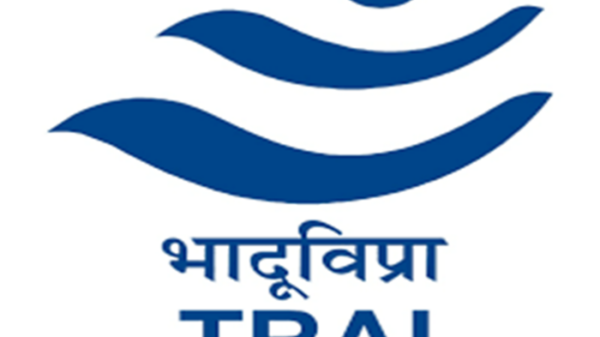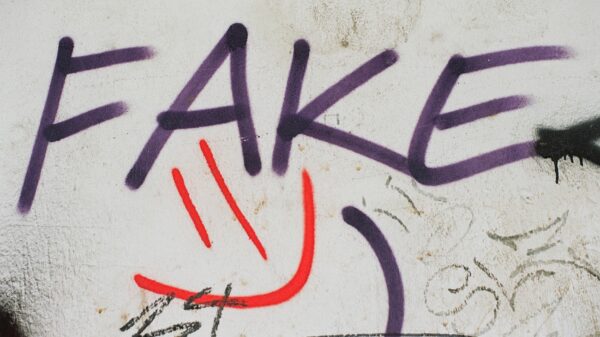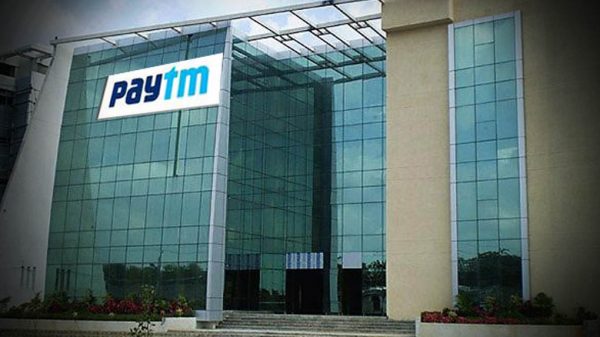 by Swaraj Paul Barooah, SpicyIP
by Swaraj Paul Barooah, SpicyIP
Troubling times lie ahead for the Indian IT sector as the recently released Guidelines for Examination of Computer Related Inventions seem to have opened the backdoor to software patenting. While the intention of the Patent Office in releasing these Guidelines may have simply been to help foster some clarity and uniformity in patent office practice, the language of the Guidelines paves the way for some unexpected policy changes. Several policy think tanks including iSpirt, Software Freedom Law Centre, Centre for Internet and Society, etc have expressed great concern at the Guidelines, with a joint letter (PDF Link) from several concerned citizens and organizations also going out to the Prime Minister’s Office, asking for the Guidelines to be recalled.
Software patents have consistently come under the scanner for their tendency to increase patent litigation, favour larger multinational companies over smaller indigenous companies, enhance costs, have a chilling effect on code writers, and restrict innovation. Earlier this year for example, Infosys CEO Vishal Sikka also spoke about how Infosys was rethinking their approach to software patents, calling patents a ‘scourge’ on the software industry. As the policy implications of software patents and our law have been discussed a number of times on the blog already (see here or here for e.g.), in this post, I’ll restrict myself to examining portions of the current Guidelines and the authority of the Patent Office to issue such Guidelines.
The Legalese
As many of our readers know, as per Section 3(k) of the Indian Patents Act the following are excluded from patentability: “a mathematical or business method or a computer programme per se or algorithms“. A straightforward reading of that provision quite clearly tells the reader that mathematical formula and business methods are completely exempt from being patented. And computer programmes “per se” are also not patentable. Yet, a month ago, the Indian Patent office released the Guidelines for Examination of Computer Related Inventions (CRIs) (PDF Link), which, barring the exception for algorithms, seems to completely sidestep the said provision!
How do they contravene the Act?
Patentable Subject Matter
As has been discussed on the blog several times before, the Indian legislature had considered the question of software patents back in 2005 when they rejected a move to amend Section 3(k) to exclude “a computer programme per se other than its technical application to industry or a combination with hardware; a mathematical method or a business method or algorithms.” In other words the Parliament specifically chose not to narrow the exclusion to “a computer programme per se other than its technical application to industry or a combination with hardware” and instead decided to exclude the broader category of simply “computer programmes per se”. As per the‘2013 draft Guidelines’ (see Madhulika’s post here) while computer programmes combined with general purpose machines were not patentable subject matter, computer programmes combined with ‘novel hardware’ could be considered patentable subject matter.
However, the new Guidelines suddenly expands what can be patented. It says (and emphasis is my own)
5.1 For being considered patentable, the subject matter should involve either
– a novel hardware, or
-a novel hardware with a novel computer programme, or
-a novel computer programme with a known hardware which goes beyond the normal interaction with such hardware and affects a change in the functionality and/or performance of the existing hardware.A computer program, when running on or loaded into a computer, going beyond the “normal” physical interactions between the software and the hardware on which it is run, and is capable of bringing further technical effect may not be considered as exclusion under these provisions.
Further, it lists 6 “technical advancements”, and states that if the invention claimed in the application ticks off any of these boxes, then the invention is not to be excluded by Section 3(k). These include:
VI. i) whether the claimed technical feature has a technical contribution on a process which is carried on outside the computer;
(ii) whether the claimed technical feature operates at the level of the architecture of the computer;
(iii) whether the technical contribution is by way of change in the hardware or the functionality of hardware.
(iv) whether the claimed technical contribution results in the computer being made to operate in a new way;
(v) in case of a computer programme linked with hardware, whether the programme makes the computer a better computer in the sense of running more efficiently and effectively as a computer;
(vi) whether the change in the hardware or the functionality of hardware amounts to technical advancement.
It’s clear from a reading of this that the subject matter exclusions have been narrowed, with a much broader range of computer programmes than what the Patents Act had envisaged, now open to patenting. A secondary problem is of course that many of the terms and phrases used here are either undefined or unexplained. (See for e.g., CIS’ comments on the same). Several of the examples given in the Guidelines also reflect this new weak standard for granting patents liberally, with TechDirt pointing out that one of the examples for what can be patented (e.g., 8.6) is simply an ‘invention’ ‘which consists of sending a test file or two, measuring the average data transfer rate, and then using that to estimate the download time for another file of known size.’!
Similarly, despite mathematical models and business models given absolute exclusions by the Patents Act, the Guidelines also narrows the scope of exclusion of mathematical and business models. As an example of what can be patentable under mathematical models, the Guidelines mention “Method of encoding/decoding, method of encrypting/decrypting, method of simulation though employing mathematical formulae for their operations may not fall under these exclusions.” It also seems to loosen the way to squeezing through business method patents by allowing for claims which largely constitute business methods, so long as the claimed subject matter specifies an apparatus and/or technical process for carrying out the invention in part. As Aparajita has described in the past, Business Method patents are already being granted even though they are explicitly excluded. With these ‘clarifications’, one can only imagine that we’ll see many more of these patents. Once again, this seems to be violating the spirit of the Patents Act, which clearly lays down an absolute exclusion for mathematical and business methods.
What power do the Guidelines have?
To be clear, the CRI Guidelines technically have no legal backing. The Guidelines explicitly state: “However, these guidelines do not constitute rule making. In case of any conflict between these guidelines and the provisions of the Patents Act, 1970 or the Rules made there under, the said provisions of the Act and Rules will prevail over these guidelines.” On a first reading, this sounds like a sufficient disclaimer in case of any conflict. If only this were true!
While that may be fine on paper, the truth of the matter is
- These guidelines are meant to be used by Patent examiners while examining and awarding patents.
- These guidelines are also meant to provide clarity on how to interpret the Patents Act and how to go about examining patent applications.
- The last line of the guidelines states that “These Guidelines shall be applicable with immediate effect clearly indicating that the Patent Office expects Patent examiners to use them.
- They can also be cited or referred to in patent prosecution.
- The Manuel of Patent Office Practice and Procedure (PDF link), which the Patent Office has published as “a practical guide for effective prosecution of patent applications in India” has also been amended to refer to these Guidelines, further emphasising the significance of these Guidelines. [Amendment notification link here]
- And of course, most importantly, the Patent Office only has the power to issue directions, rules, etc for purposes of the Act.
In the best case scenario, this provides patent examiners conflicting routes to take while awarding or rejecting patents. In the worst case, and more likely scenario, this guides patent examiners into making decisions that contravene the Act. Either way, in practice, these guidelines will lead to patent examiners issuing patents which the Act does not allow for. I don’t think it would be wrong to say that the Patent Office has exceeded its powers by issuing such Guidelines. Further, as I understand it, any action taken under or pursuant to the Guidelines can be struck down for being in excess of the Act. While it may very well have been the intention of the Patent Office to simply provide clarity, the action of the Patent Office to issue these guidelines certainly seems to be ultra vires of its authority.
crossposted with permission from SpicyIP
*
Swaraj has a deep interest in IP, Innovation and Information policy, especially when they involve issues relating to Access to Knowledge, Innovation incentive mechanisms, Digital Freedoms, Open Access, Education, Health and Development. After his BA, LLB (hons) from Nalsar Univ of Law, Hyderabad, he went on to do his LLM from UC Berkeley in 2010. He is now pursuing his J.S.D. degree from UC Berkeley where he is focusing on Drug Innovation Policy and Access to Medicines. Aside from SpicyIP, he is also engaged as a consultant on various IP matters, and is a visiting faculty member at Nalsar Univ of Law. He is also in the process of starting up an “IP, Innovation & Information Policy” focused think-tank.




























